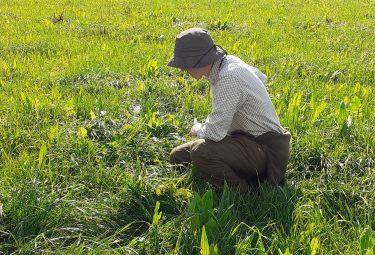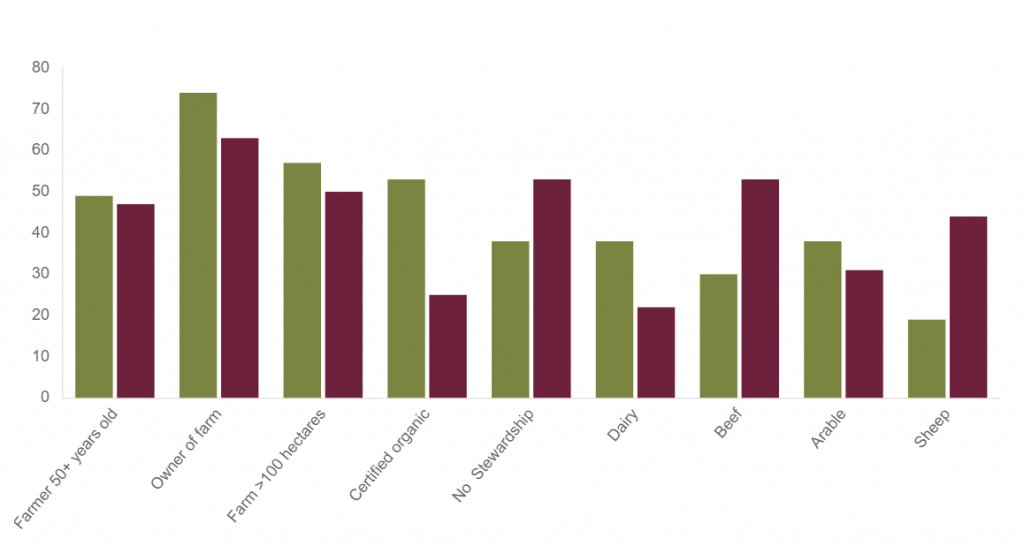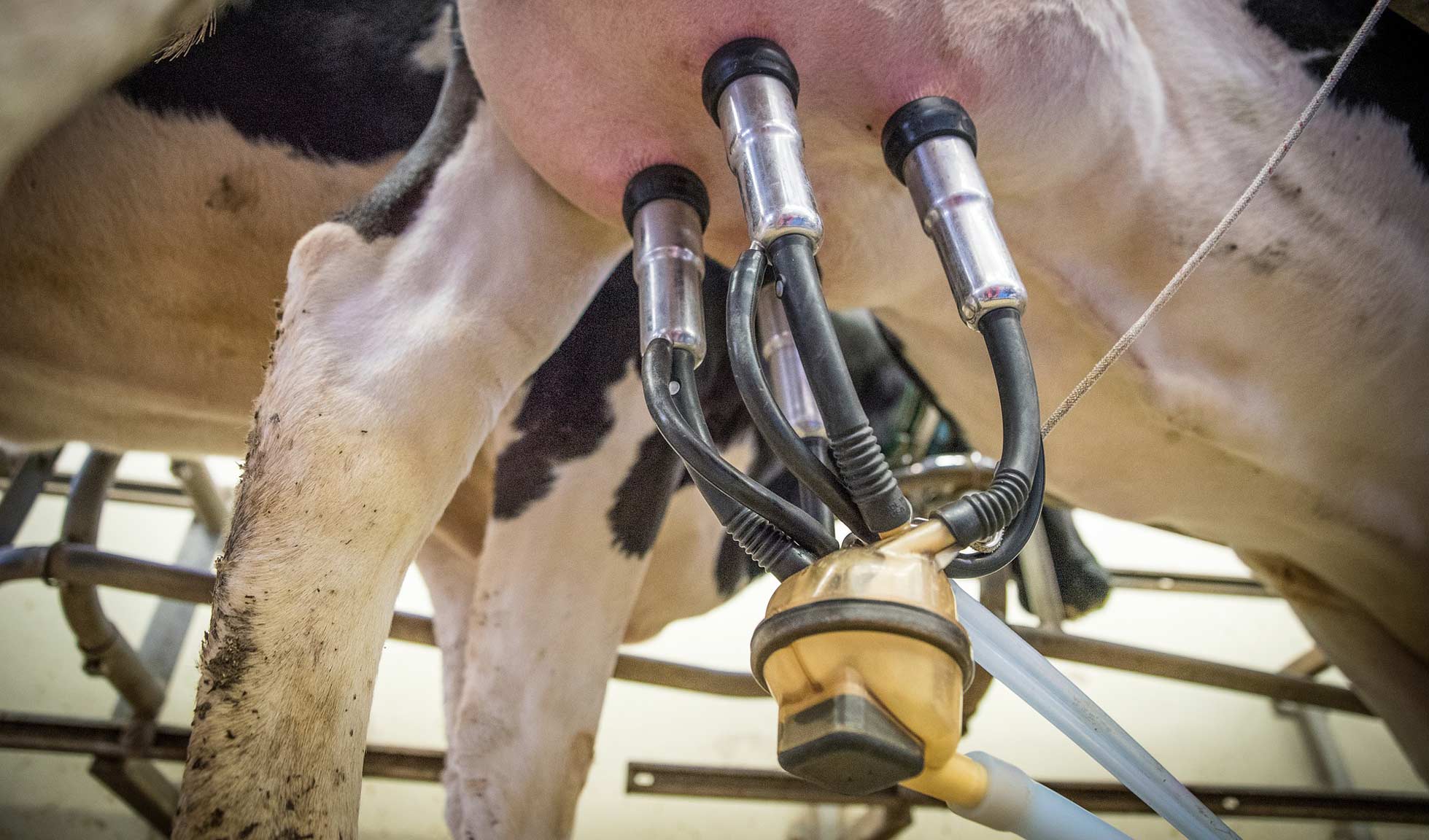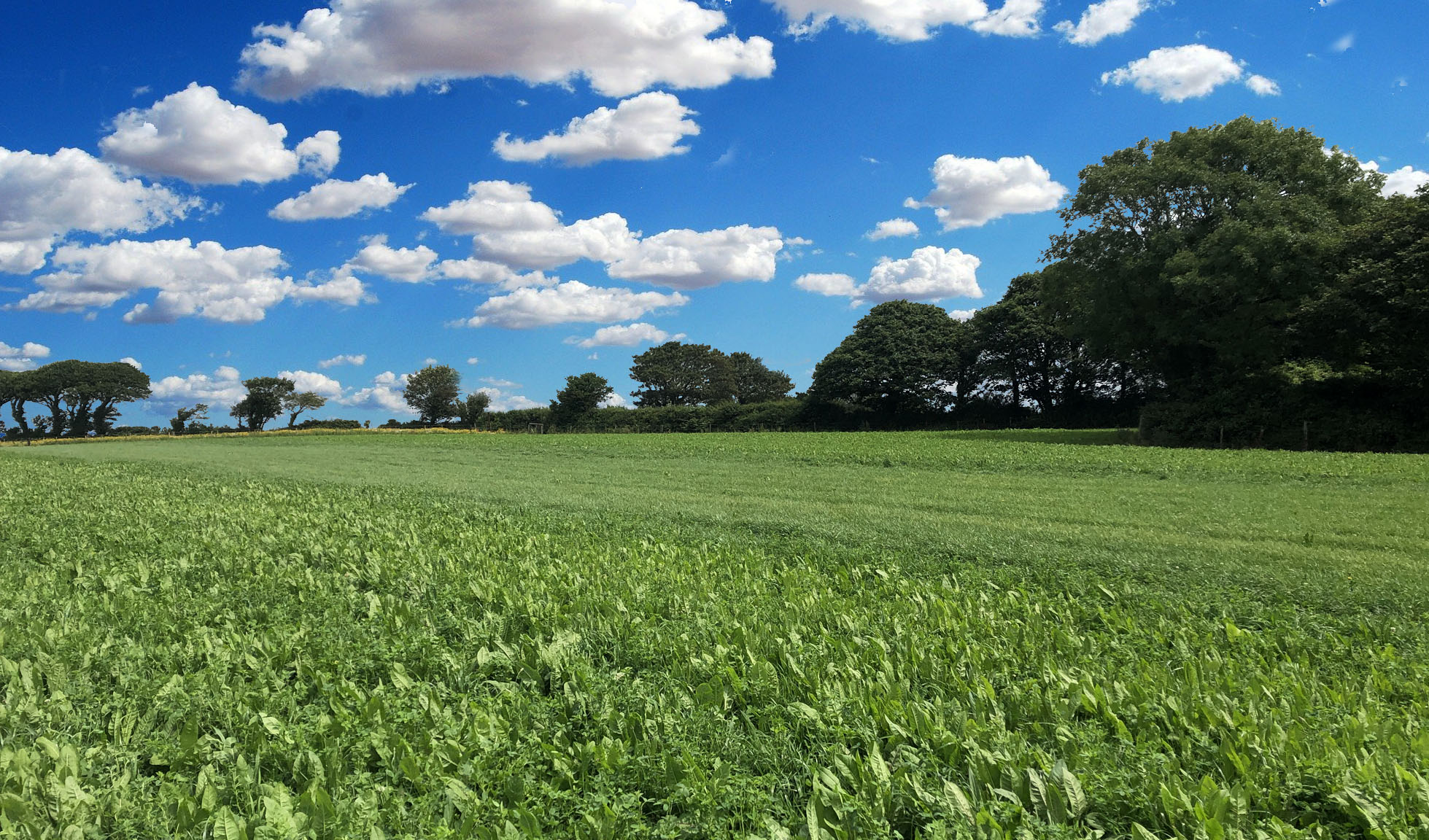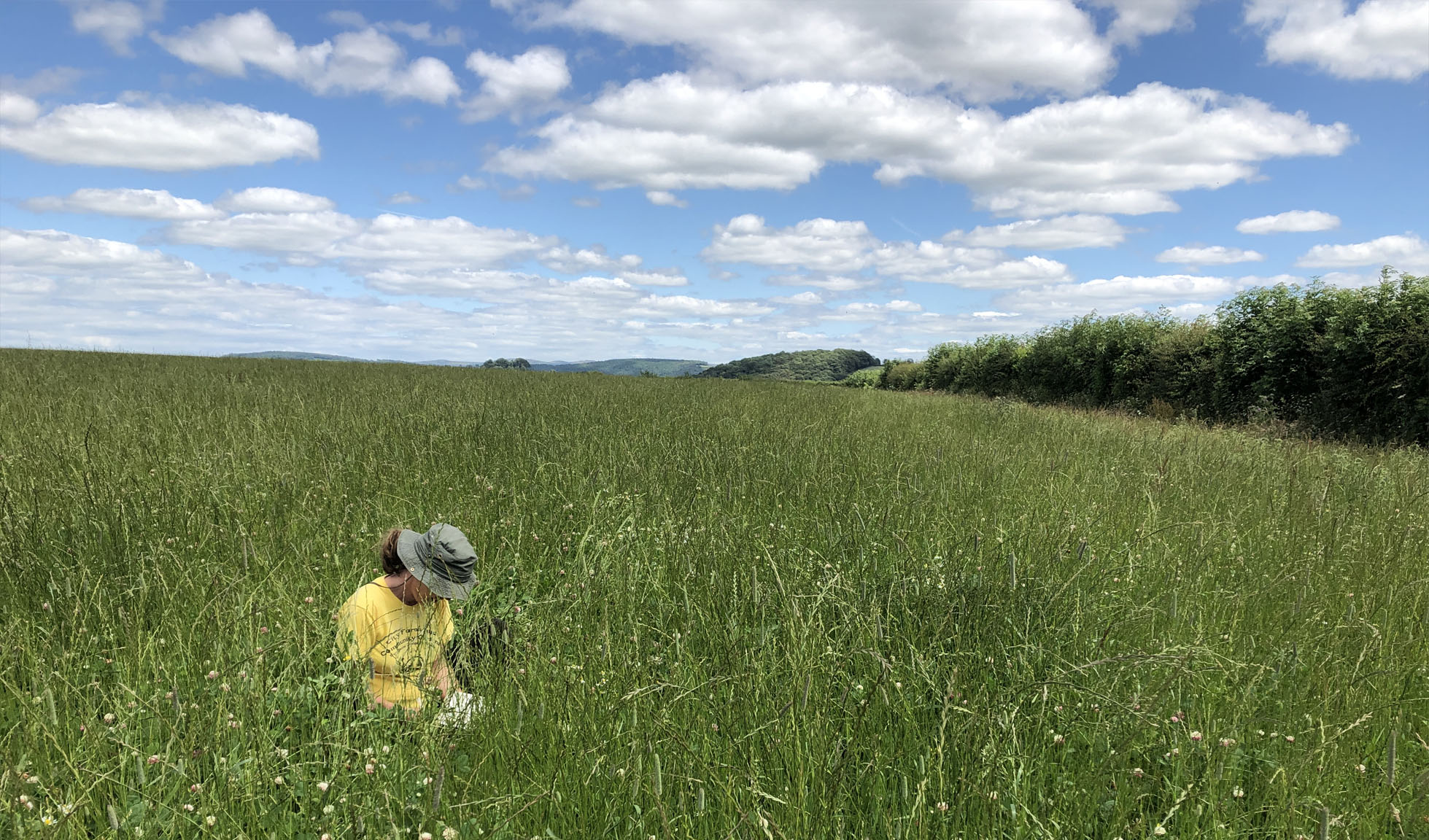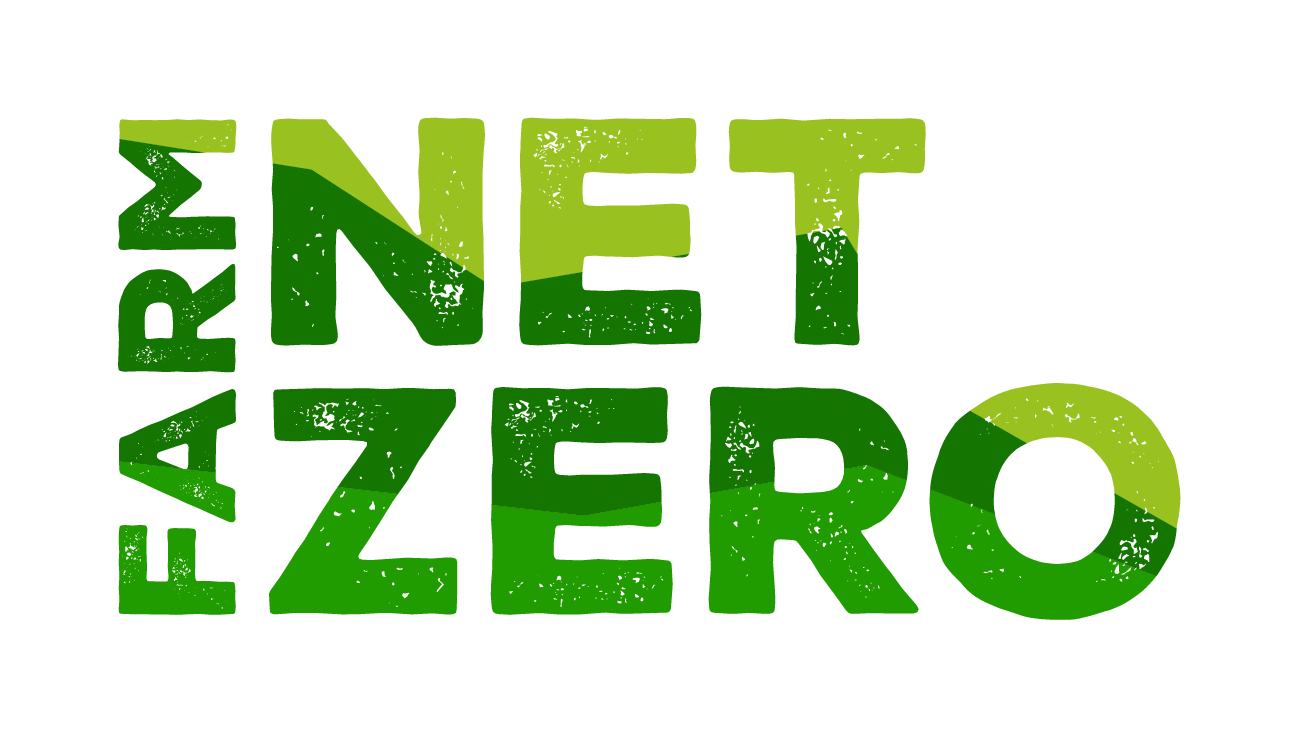FARMER PERCEPTIONS
We asked a number of farmers nationwide what they thought about herbal leys in order to determine any potential barriers to their uptake, as well as to understand general attitudes towards them.
The survey contained a suite of 25 statements, with farmers indicating how much they agreed with each statement by choosing one of five responses. Our survey identified that, whilst livestock farmers using herbal leys are very positive about their performance, there are some key concerns relating to seed cost, monitoring, grazing and ensiling.
SUMMARY
Seventy nine farmers completed the survey, half of whom were from Devon or Cornwall. Farmers that had tried diverse leys (‘users’) were more positive about diverse leys than those that had not (‘non-users’). Farmers overall were most positive about the potential benefits of diverse leys for pollinators, soil health and wildlife but least positive about the seed cost and ease of monitoring. ‘Users’ were significantly more positive than ‘non-users’ on the issues of personal motivation, required knowledge base, quality of end product, quantity of silage produced and leaching prevention. Farmers’ information needs were highest for the topics ‘mixture choice’ and ‘grazing management.’
WHO TOOK PART...
79 farmers completed the questionnaire during 2019. 47 of those farmers had tried diverse leys before (referred to as “users”) with, on average, 41% of the farm’s total temporary grassland currently sown to diverse leys. The other 32 had not tried diverse leys before (referred to as “non-users”).
WHAT WE FOUND
We have seen a rapid growth interest in multi-species swards.
Almost two-thirds of the survey respondents had already used herbal leys.
Of the remaining respondents, almost half were willing try herbal leys, whilst a similar number indicated that they were not interested in growing a herbal ley as they were happy with their existing ley.
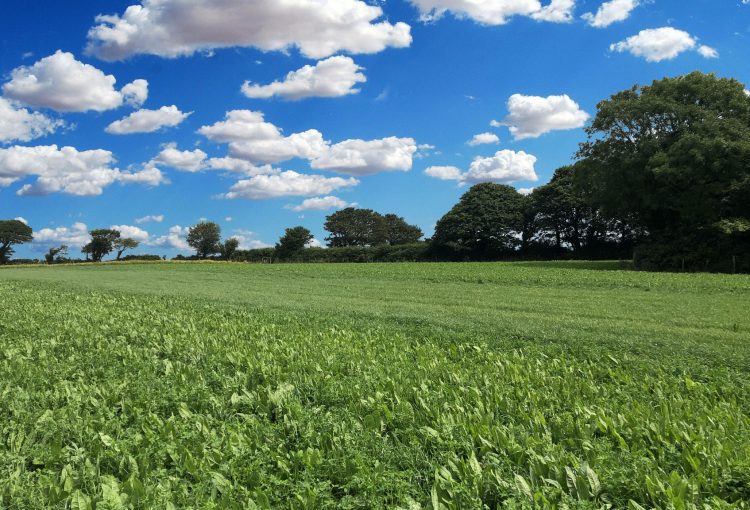
Both users and non-users believed that seed for a diverse ley is more expensive than a grass-clover mix. Our research showed that on average multi-species mixes were from 9 to 12% more expensive than comparable binary mixes (see our research page for further details)

Over a third of non-users and more than a half of users believe herbal leys are only suitable for low input systems.
However, a quarter of users and a quarter of non-users disagree. The remainder of the respondents had no strong opinions either way.
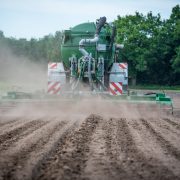
Over half (57%) of those already growing herbal leys believe they perform well on poor soils. Those who had not tried herbal leys were also generally positive about performance on poor soils.
Species such as timothy, ribwort plantain, alsike clover and bird’s-foot trefoil can productive under low soil phosphorus, low soil nitrogen or pH extremes. You can find out more information on the attributes of different species on our TOMS App.
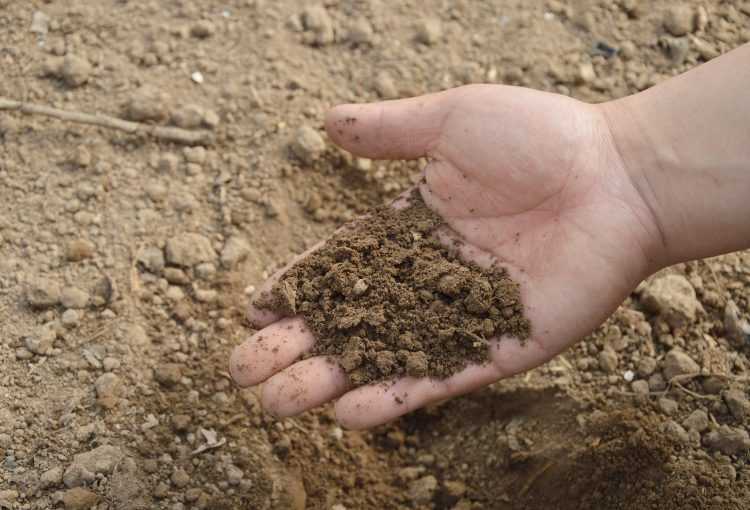
Three-quarters of users and two-thirds of non-users were positive about the performance of diverse swards in extreme weather conditions.
Adding deep-rooting species such as chicory and Cock’s-foot increases drought resistance and some species such as Bird’s-foot trefoil are tolerant to water-logging. You can find out more information on the attributes of different species on our TOMS App.

Loss of yield is obviously an important consideration and there was a mixed reaction to this question. Some people who had grown herbal leys indicated that they had experience of producing large amounts of silage from herbal leys but others were unsure, as were those that had not grown mixed species leys.

The majority (75%) of users did not feel that meat and milk quality were impacted when feeding herbal leys. The rest were mostly unsure with only 2% believing there was a negative impact on the quality of their outputs.
Almost half of non-users did not think quality would suffer, the rest did not know know the impact.
Our search of the research literature found no yield penalty for grazing diverse leys compared to simpler mixes. In fact, 60% of studies found higher milk yields and 66% found heavier lamb weights from animals grazing on diverse swards.
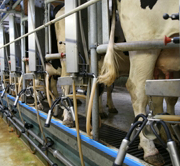
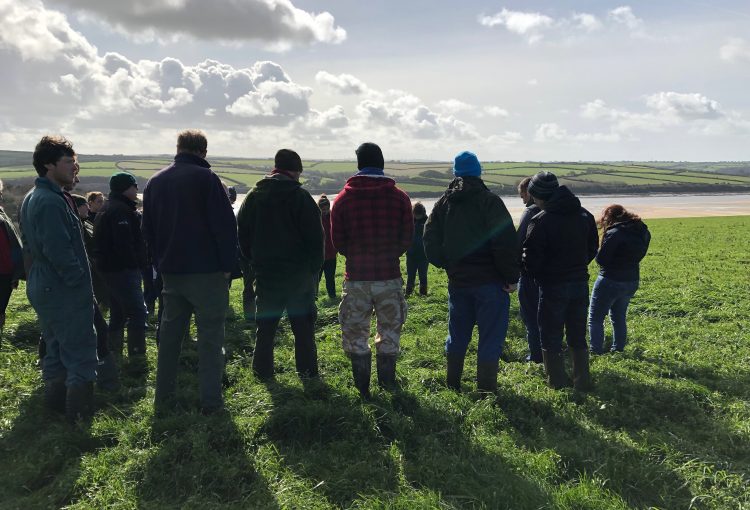
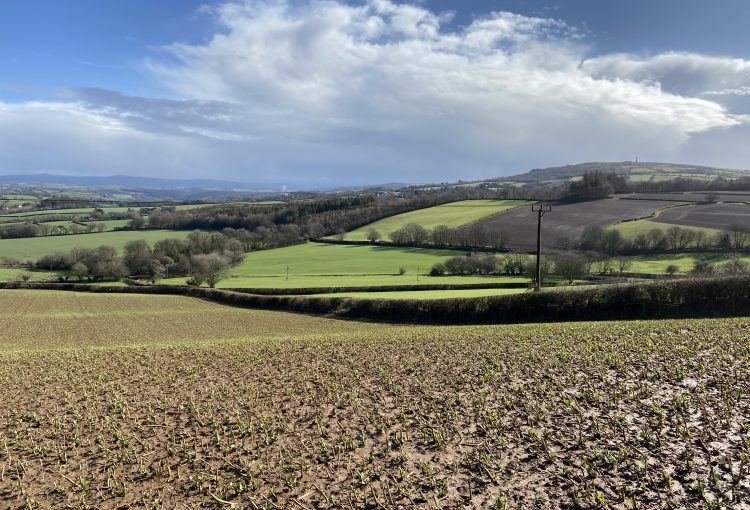
Both users and non-users believe diverse leys benefit wildlife.
The UK government states “Compared to grass-clover leys, the wide variety of plant species in herbal leys:
- provide more flowers, so they are a better food source for pollinators like bees, butterflies and hoverflies
- improves soil structure, which benefits soil fauna and increases soil organic matter”

Both users and non-users were positive about the palatability of herbal leys.
Crude protein levels in a sward will depend on stage of growth as well as species mixture, and especially the proportion of legumes in the sward. Whereas those that had no experience were unsure about the nutritional quality of herbal leys, 60% of farmers who had previously grown them were positive about the levels of forage protein content.
Of those using diverse leys, the majority believed that the energy content of forage from diverse leys is high, whereas non-users generally did not know how energy content compared with more standard leys.
Most growers of diverse leys (81%) dismissed the idea that the forage has a poor mineral content.
Half of non-users did not believe that the forage from diverse leys are low in minerals. Of the other half, the majority said they didn’t know about the mineral contents of herbal leys.
Our research page presents details of the mineral content of different species measured across a number of farms.
It is generally considered that growing multi-species swards has beneficial impacts on soil quality. Two-thirds of non-users and the majority of users supported this view, indicating that they felt that herbal leys benefit soils more than a standard ley.
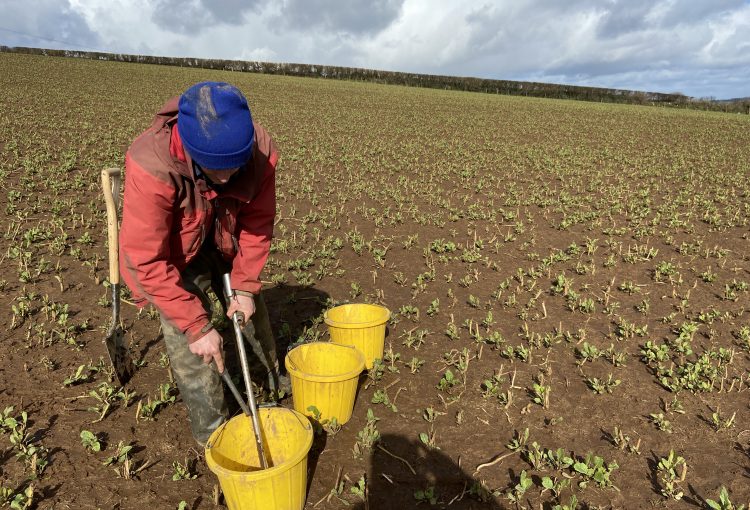
The majority of those who grow herbal leys (78%) dismissed the idea that diverse leys increase the soils vulnerability of leaching. While 39% of those who have never grown diverse leys before did not believe that herbal leys would result in increased leaching, a further 50% stated that did not know what the impact would be.
Our research showed that herbal leys can reduce the amount of leached nitrogen compared with more standards leys.
Both users and non-users agree that diverse leys benefit pollinators
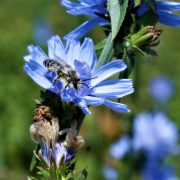
Over half of users believed diverse leys are effective at suppressing weeds, with a further 22% being unsure regarding weed control.
While a third of non-users believe that diverse leys effectively suppress weeds, a further 48% were unsure if herbal leys could suppress weeds effectively.
The image here shows dense thistles in a standard ley (on the left of the picture) compared with very low levels in a multi-species sward (on the right of the picture).
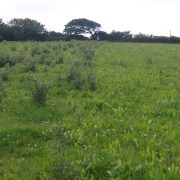
Both users and non-users agree that diverse leys have medicinal value for livestock. There is a growing body of evidence from studies showing some species, such as chicory and sainfoin, have anthelmintic properties and can contribute to integrated worm control programmes. You can find information on the anthelmintic value of different species on our app and cards
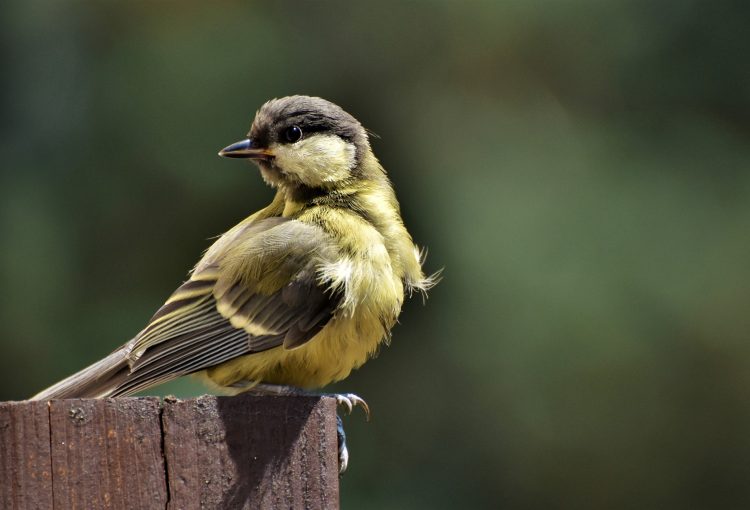
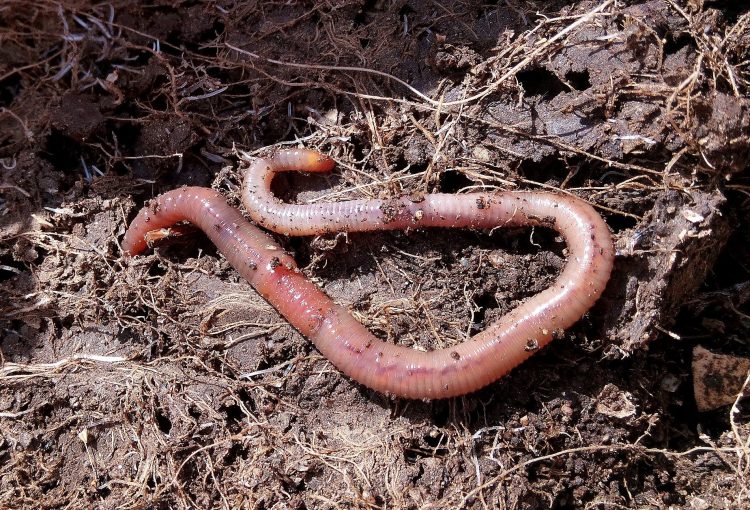

Monitoring pastures, using plate meters for example, has grown in popularity and for some is an important management aid. Does having multiple species present in the sward make this more complicated? Whilst the majority of non-users were unsure about the ease of monitoring diverse leys, the users were divided in terms of the perceived difficulty, with 32% of users believing monitoring posed some difficulty, and a further 41% being positive about the ease of monitoring diverse leys.
Just under half of users were positive about the ease of successfully ensiling diverse leys while a further quarter didn’t know how easy they are to ensile.
Non-users were unclear how easy diverse leys are to ensile.
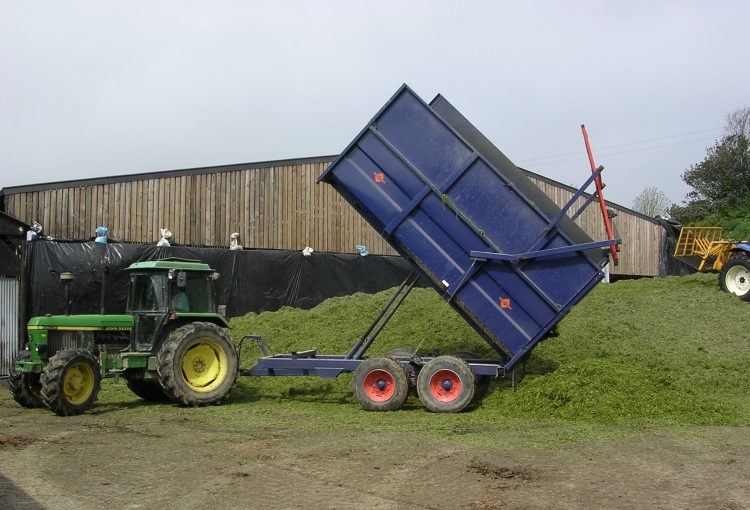
Does having a large number of species in a sward result in greater variability in yield and quality across different fields and between different years? Two-thirds of users were positive regarding the consistency of diverse leys, whereas the majority of those that had never grown them indicated that they did not know if the outputs of diverse leys are consistent.
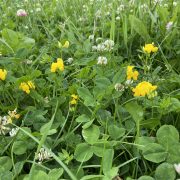
We have got used to seeing images of single species crops, so are fields with multiple species less visually attractive? Also, some of plants within multi-species swards may traditionally be considered as weeds and therefore viewed as aesthetically unattractive. As the saying goes “a weed is a plant in the wrong place”.
Almost two-thirds of users were positive about the appearance of diverse leys. However, there were mixed opinions regarding the aesthetics of diverse leys amongst non-users.
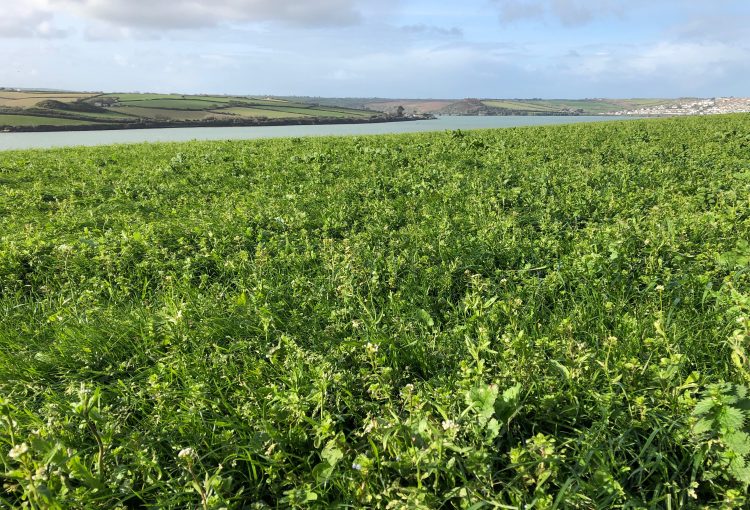
While users are confident in their knowledge of diverse leys, the majority of non-users indicated that they don’t know enough about diverse leys to try them on their own farm.
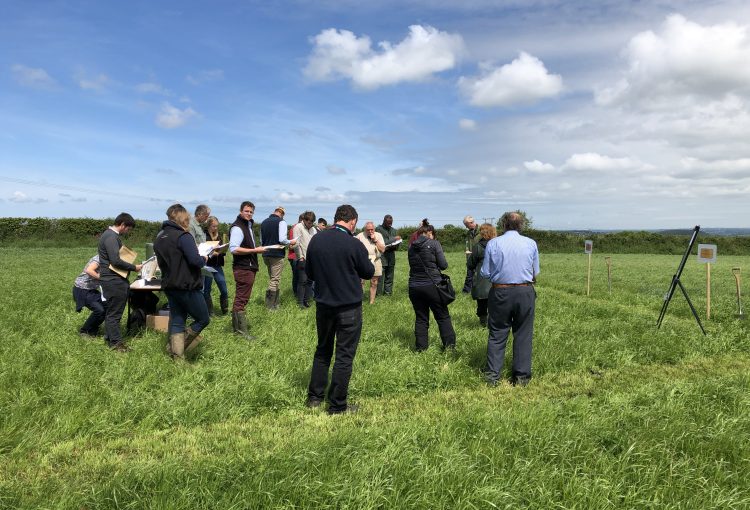
Having a variety of diverse species in a mixture may mean seeds of varying size and potentially different ideal drilling depths. Two-thirds of users were positive about the ease of drilling such crops.
Three quarters of non-users did not indicate any knowledge or opinions relating to the ease of drilling of herbal leys.
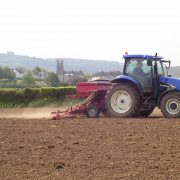
Two-thirds of users of herbal leys were positive about the ease of establishment.
The majority of non-users did not indicate any knowledge or opinions relating to the ease of establishment of diverse leys.
It has become increasingly common to see herbal leys being mob grazed and yet there appears to be no consensus between users relating to the grazing tolerance of diverse leys.
Two-thirds of non-users did not indicate any knowledge or opinions relating to how intensely diverse leys can be grazed.
There is information on the relative persistence of different species to grazing on the Multi-Species Sward App and information cards.
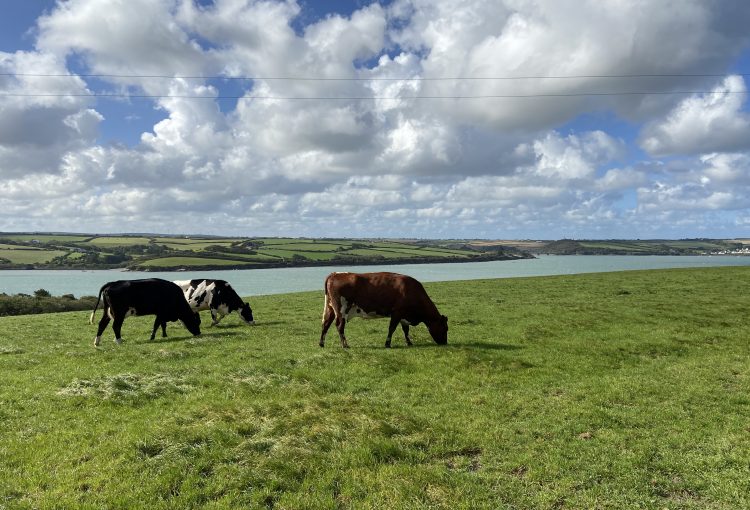
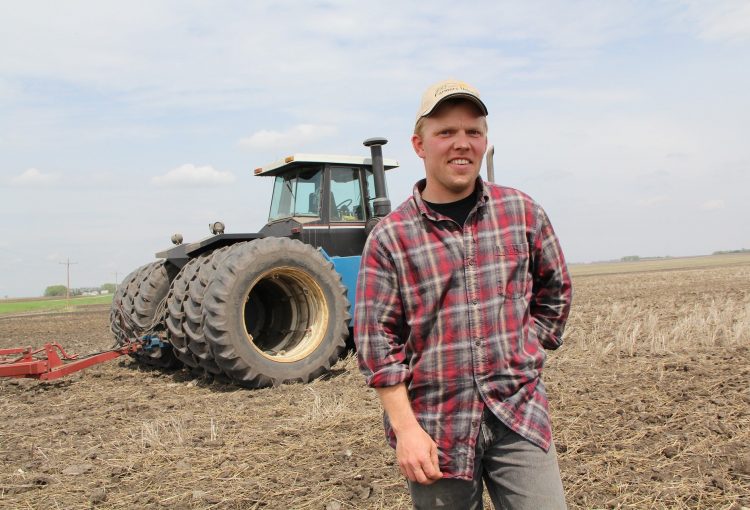
FARMER INFORMATION NEEDS
74 respondents specified the diverse ley topics that they most needed information about. Grazing management and mixture choice were the most popular topics
What would make farmers consider using more diverse leys in the future?
What information did farmers say they need in order to utilise multi-species swards successfully?
What were the other subjects that our survey respondents wanted further information on?
- Value for money/ Costs and benefits
- Financial incentives
- Advice for moorland/upland farms
- Independent research
- Establishment advice
- Information on silage making
